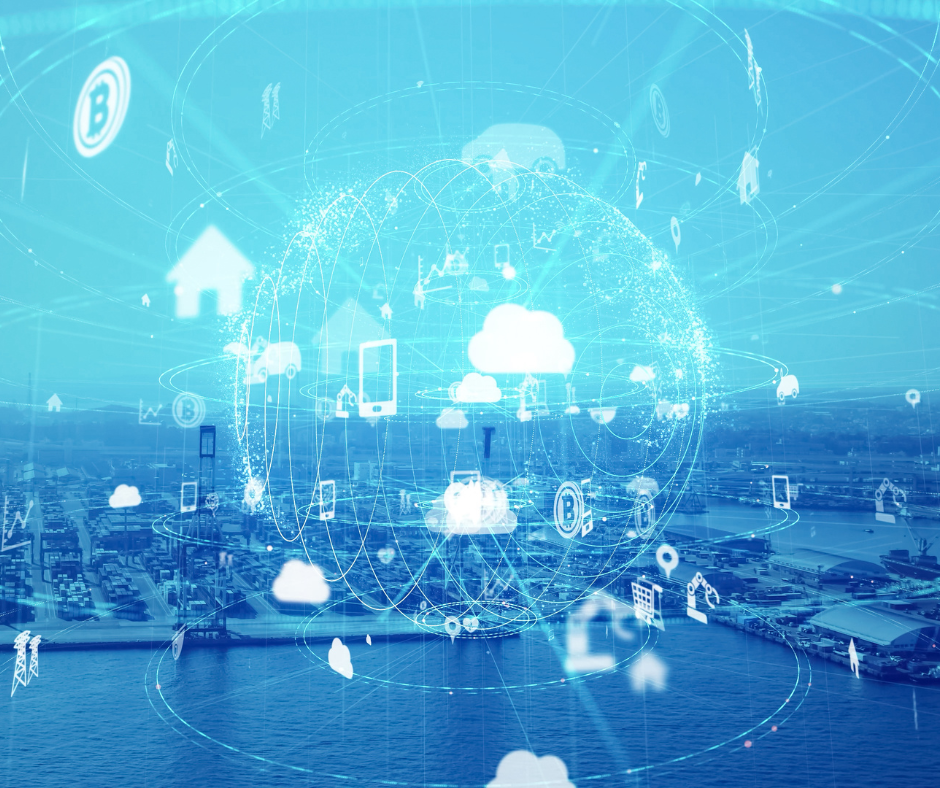
Consumer Goods Manufacturing Process: An Insider's Guide to Production Mastery
The number of moving parts and variables within CPG manufacturing command accurate, real-time oversight, with issues such as poor supply chain management and a lack of inventory controls among the key CPG industry challenges. Introducing integrated, agile consumer product software can deliver an enhanced understanding of areas where productivity and efficiency may benefit from improvement at each production stage.
In this post, Navigator Business Solutions outlines the production workflow to illustrate some of the complexities and explains why time management is so imperative.
What Is the Standard Manufacturing Process for CPG Businesses?
The specific production processes will vary between business models and product categories but incorporate multiple steps. Our illustration below shows why consumer goods inventory management is a fundamental requirement for strong productivity.
1. Product Conception
Whether a revised CPG offering with added value, a new USP, or an element of innovation, manufacturing begins with a design that covers aspects such as differentiation from the competition and analyzing production capacity and resources required.
2. Product Design
If products pass screening, they enter the design phase, where teams assess aspects of functionality, duration of use, shelf life, profit margins, power sources for products with batteries, warranties, production costs, and regulatory compliance standards.
3. Finalized Design
Prototypes enter end design processes, often using 3D modeling, focus groups, and soft market testing to begin creating a strategic market release plan while building the foundations within the business supply chain, reaching out to prospective new vendors, or identifying cross-uses for existing manufacturing tooling and workforces.
4. Manufacturing Planning
Before a product hits the production line, a business will complete a test run, ensuring that manufacturing, component procurement, timescales, and material suitability are all viable and accurately costed.
5. Product Release
Once all the research, testing, modeling, and due diligence have been completed satisfactorily, a company can proceed to a formal launch. This includes varied requirements around marketing, confirming long-term supply chain agreements, and deciding how a product will be sold in-store or through other mediums.
The Advantage of Tech for Efficient Consumer Goods Manufacturing
Time and resource management is essential for any consumer goods supply chain, ensuring managers and decision-makers can control inventory statuses, procurement requirements, manufacturing scheduling, and financial transactions. Implementing an enterprise resource planning (ERP) solution specifically engineered towards the needs and objectives of the CPG sector is an ideal option, where data is extracted from multiple sources and consolidated in one central dashboard for instantaneous access from any device.
Real-time updates and information availability provide the oversight necessary to monitor multiple systems, production lines, product categories, and manufacturing facilities, standardizing information to ensure data transfers and reports are consistently accurate and integrated across the enterprise.
How Does CPG Software Improve Manufacturing Processes?
ERPs aren’t simply a way to coordinate activities, processes, and productivity but have capabilities that actively enhance product innovation, with features such as lifecycle management that provide data-led business intelligence. Managers can track changes to product specifications, demand, and schematics while using automation functionality to ensure ongoing manufacturing techniques are as efficient as possible, maximizing returns.
Inserting product management tools into the manufacturing process provides better lifecycle oversight, from the initial concept to design, manufacture, and shipping–tracking and controlling all the steps in between. The specificity of CPG production is well-suited to advanced, future-proof, and scalable software, bringing data to one place with immediate updates so that any product in development, testing, or production is visible to all decision-makers and stakeholders from any location, which eliminates communication silos.
Breaking down tasks, delegated responsibilities, and critical paths during the conception stage and later in production allows busy manufacturers to create workflows that are detailed and assigned to individual workforces, teams, or departments, with automated alerts an excellent way to remain updated when each step has been marked as complete. Removing lags during the manufacturing process delivers efficiencies, greater profitability, and faster time-to-market development, making product design and creation more viable and ultimately more successful.
Sector-Leading ERP Solutions for Consumer Goods Manufacturers
If you are interested in learning more about how to upscale and improve your manufacturing processes, add intelligence and controls to each product lifecycle, or discover opportunities to expedite product development, Navigator Business Solutions is on hand to assist.
Our accomplished teams have years of expertise working with CPG clients and can provide tailored guidance and information to ensure you identify and realize opportunities to boost outputs and productivity across your manufacturing infrastructure.